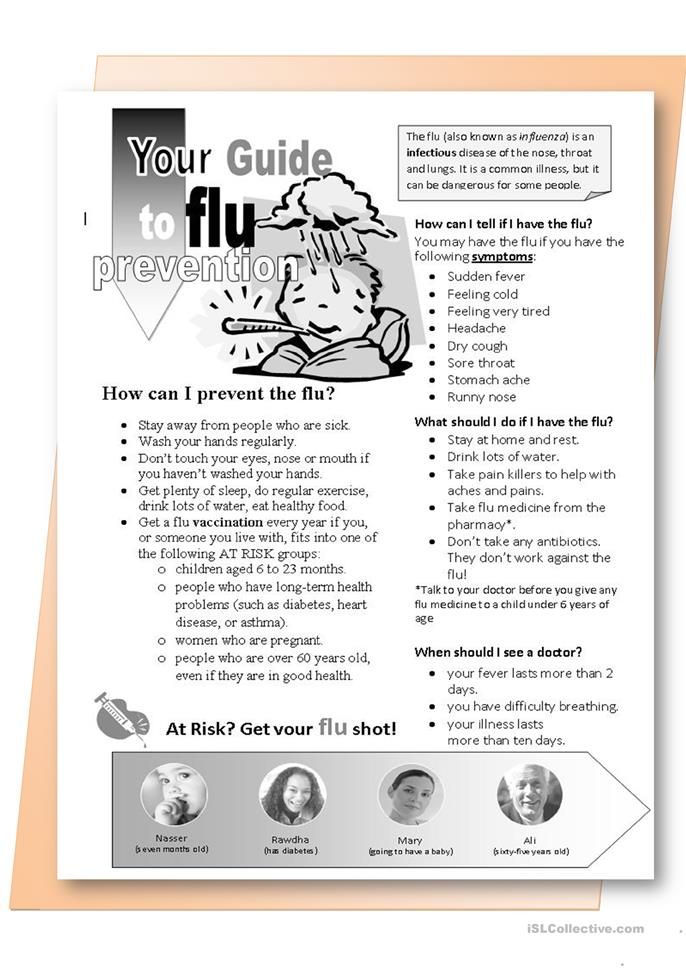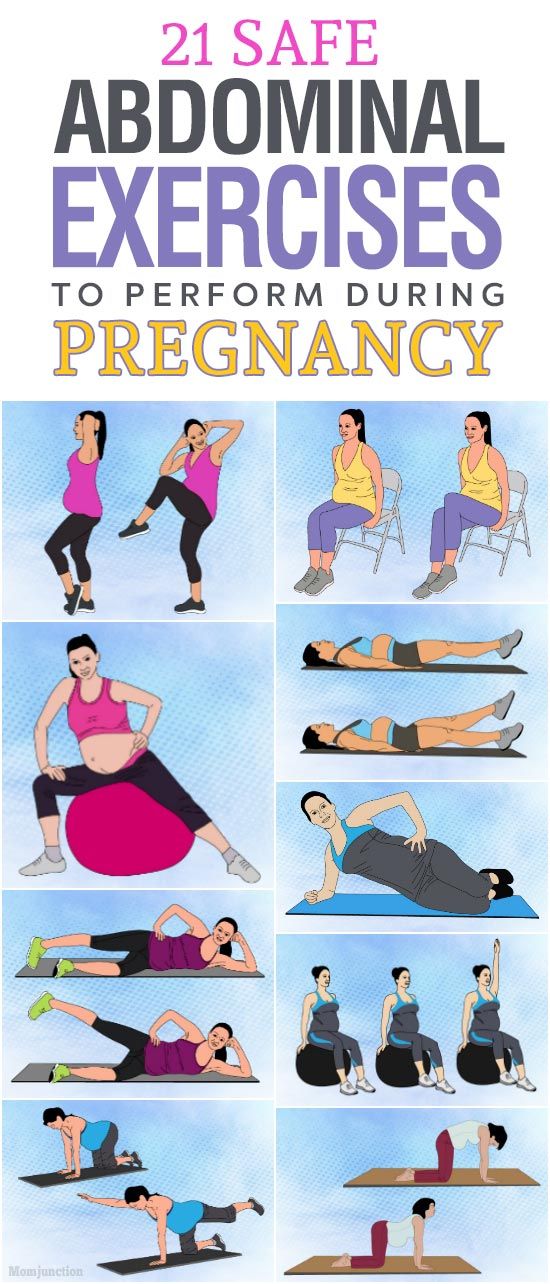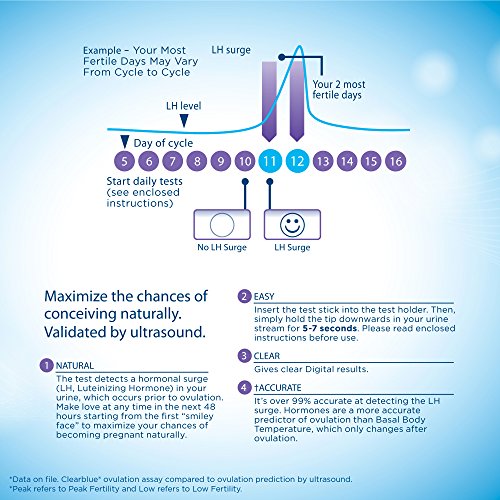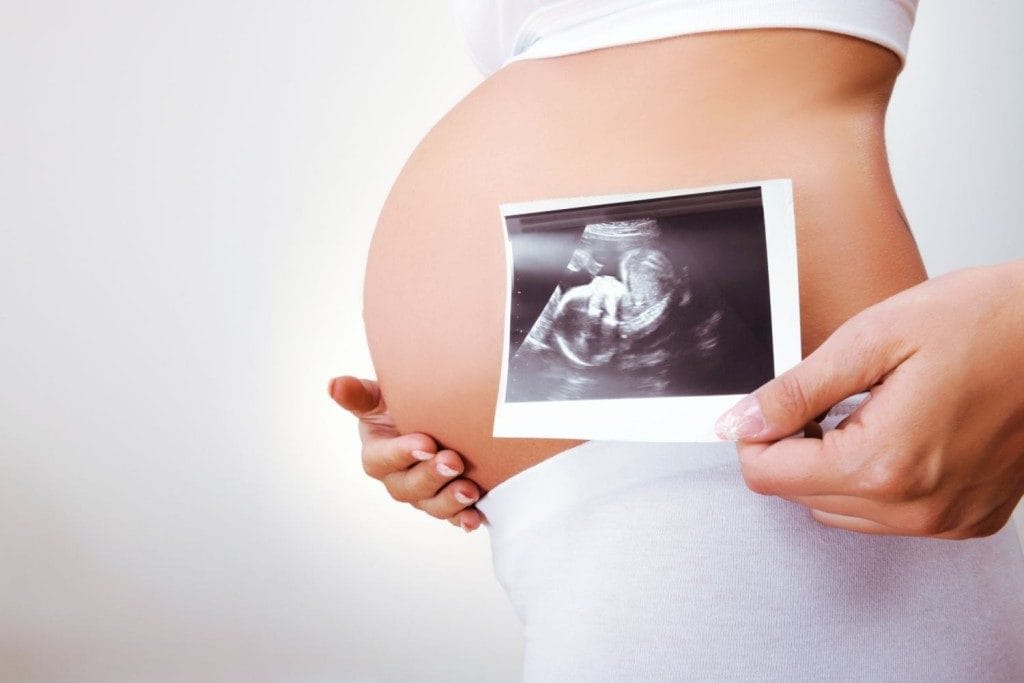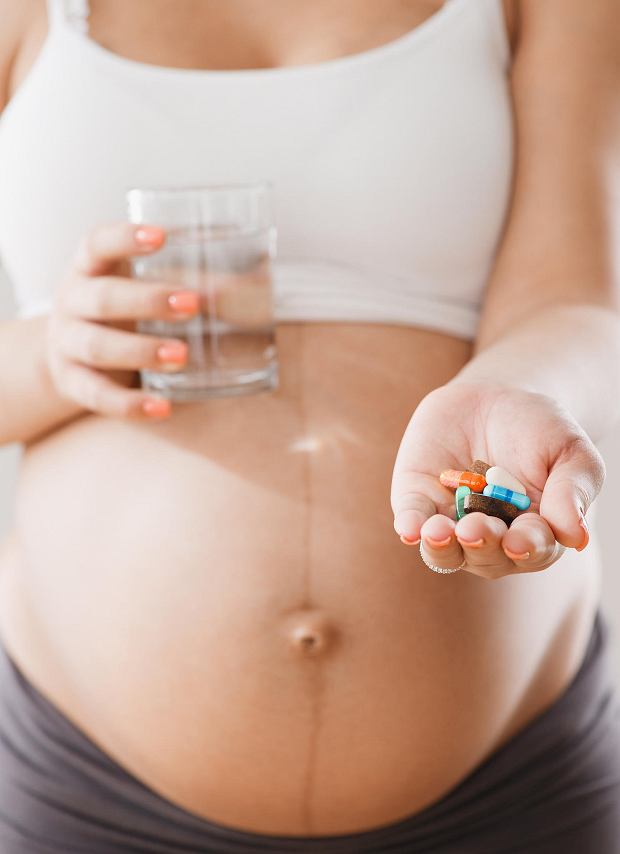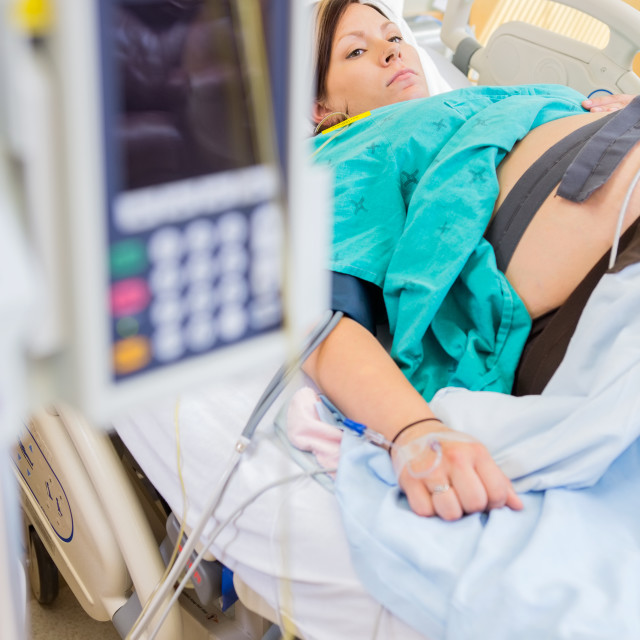How long should child have fever before seeing doctor
When to Call the Doctor for Your Child’s Fever
Categories:
Health and Safety Tips, Essential Care
Nervous about your child’s fever? Here’s what you need to know.
By Katie Sweeney
What should you do if your child has a fever? When should you call the doctor? And how is fever related to COVID-19 and a new, rare condition in kids called multisystem inflammatory syndrome in children (MIS-C)?
Christopher Tolcher, MD, FAAP, a pediatrician with Agoura-West Valley Pediatrics—part of the CHLA Health Network—shares the facts on fever and what parents need to know.
What counts as a fever?
A normal body temperature for a child ranges from 97 to 100 degrees, with an average of around 98.6 F. When a person’s temperature reaches 100.4 or above, it’s a fever. (With an oral thermometer, anything over 99.5 is considered a fever.)
Fever is good
Fevers are common in children. And while a fever is never fun, in most cases it’s nothing to fear. It’s part of the body’s way of fighting an infection.
“Fever helps the immune system,” Dr. Tolcher explains. “It slows down the spread of viruses and bacteria. It helps the body make more antibodies and chemicals that fight the infection, and it helps the immune system’s cells move around better in the body.”
How high is too high?
“Fevers are almost never dangerous, with the exception of ‘hyperthermia’, or a high body temperature from the body’s being unable to cool off in a very hot environment,” he says. “A fever has to reach 107 to cause damage to tissues. That’s extremely rare.”
That said, if your child’s fever reaches 105, call your doctor. “It doesn’t mean the child is in danger,” he adds, “but the child should be checked by the doctor that day to see what’s going on.”
When to call the doctor
Call your child’s doctor right away for:
- A fever that lasts more than four to five days
- A fever (over 100.
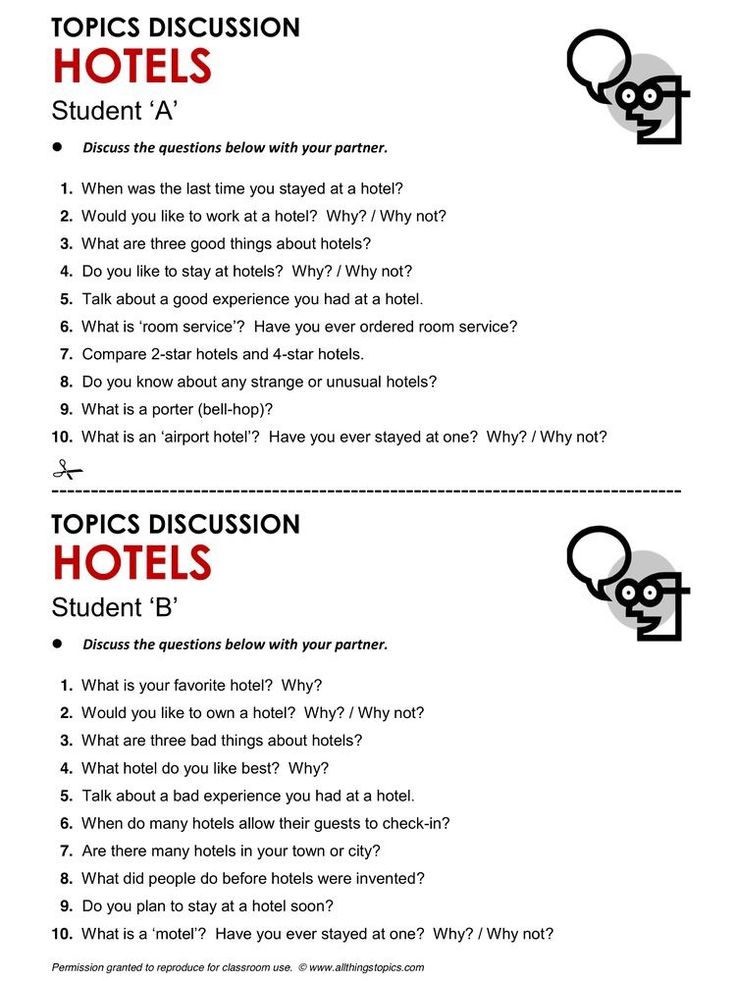 4) in a newborn younger than 2 months old
4) in a newborn younger than 2 months old - If you can’t reach your doctor, go to the emergency department.
- A fever of 105 or higher in a child of any age, including teens
- A fever in an infant (less than a year old) over 102 for more than two days—without a clear reason for the fever
If your child has a fever AND any of the following signs, call your doctor right away or go to the emergency department:
- Widespread, red or purple rash
- Stiff neck and bad headache
- Severe pain, including bad abdominal pain
- Shortness of breath
- Extreme weakness or altered mental state
- Dehydration (diapers are dry, child is not peeing much and urine is very dark)
Fever and seizures
Children under 5 can sometimes have a seizure during a fever. “Seizures are scary as heck to watch, but most of the time, you don’t need to go to the ER,” Dr. Tolcher says.
- If your child has a seizure that lasts less than two minutes, call your doctor.

- If a seizure lasts more than four to five minutes, call 911.
COVID-19, MIS-C and Kawasaki disease
- COVID-19. In children, COVID-19 symptoms can be similar to colds and flu and can include fever, runny nose and cough, and sometimes vomiting and diarrhea. If you think your child might have COVID-19, call your doctor.
- MIS-C. MIS-C is a new health condition seen in some children who have been infected with the novel coronavirus and recovered—but later had an immune response that caused high levels of inflammation in their body. The symptoms are very similar to Kawasaki disease. MIS-C and Kawasaki disease are not contagious, but can be life-threatening.
Call your doctor if your child has any fever for more than four or five days. Also call your doctor if your child has a high fever AND any of the following: cracked red lips, red tongue, red eyes, swollen hands and feet, rash, abdominal pain or enlarged lymph nodes.
“I want to reassure parents that MIS-C is rare,” he adds.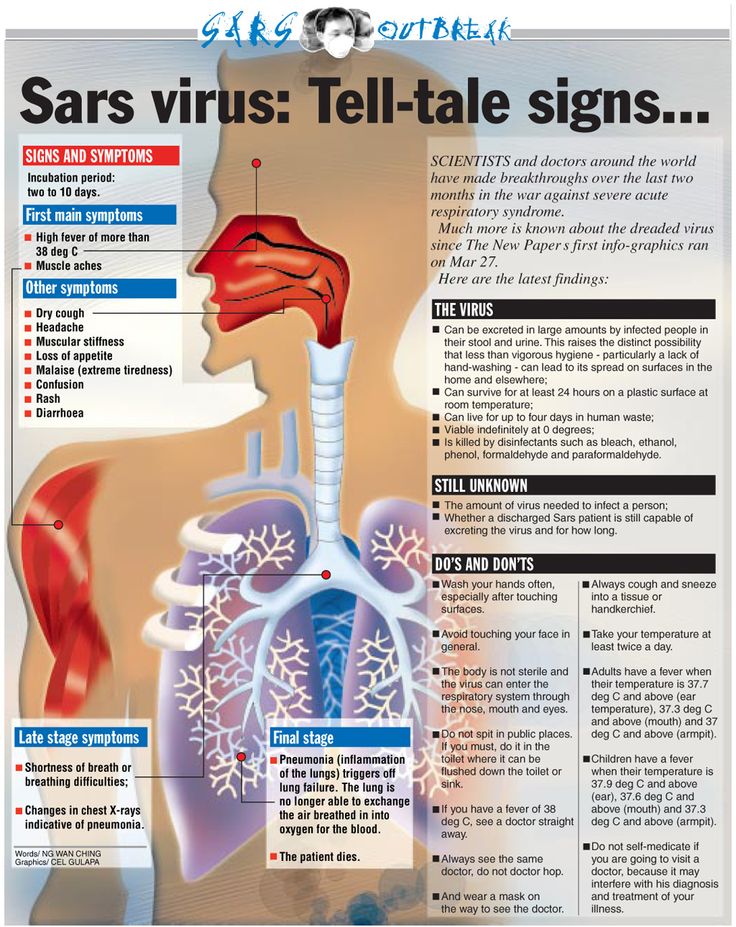 “We need to watch for it, but don’t freak out.”
“We need to watch for it, but don’t freak out.”
Tips for treating a fever
- Treat the child, not the number. “Focus on how the child is doing, not the number on the thermometer,” Dr. Tolcher says. “If the fever is 100.5, but the child is crying from a headache or earache, give a pain reliever. But if they have a 104 and aren’t that bad, just give them fluids and keep them comfortable.”
- Don’t over-bundle. Too many layers and heavy blankets will raise the fever higher—and make your child more miserable. The child should dress comfortably. Lightweight pajamas and light blankets are fine.
- Give plenty of fluids. “The body burns through water a lot faster when it has a fever, which is why extra fluids are important,” Dr. Tolcher explains. “You don’t want your child to get dehydrated.”
Tip: Watch how much your child is peeing. If your child’s urine is dark, or your child is not peeing as often as normal, give more fluids. Good options: water, clear soups, electrolyte solution or popsicles.
- Focus on comfort. “You don’t have to get the fever down to 98.6,” Dr. Tolcher says. “If a child has a 104 and a lot of body aches, giving one medicine will bring it down two or three degrees. That’s enough. You just want to make the child more comfortable.
“If you aggressively try to keep it down to 98.6, you slow the immune response to the infection,” he notes.
- Be careful with dosing medicine. Keep track of what medicine you give and when. You don’t want the child to get extra doses. And don’t exceed the dosing intervals on the medicine label. If the directions say wait six hours, wait at least six hours.
The best medicines for fever are acetaminophen (Tylenol) or ibuprofen (Advil). Never give aspirin. If COVID-19 is suspected or diagnosed, acetaminophen should be your first choice.
The bottom line? Keep your child comfortable, hydrated and at home. “We all need to rest when we’re sick,” Dr. Tolcher says. “That’s one of the benefits of fever. It slows you down and gets you to take a break.”
It slows you down and gets you to take a break.”
When to Worry — Children’s Fever Temperature Chart – Cleveland Clinic
Your knee-jerk reaction when your child develops a fever may be to immediately start ringing the alarms. Fevers can be scary for parents, especially first-timers. You might wonder how high is too high or if you should call the doctor immediately if your child has one. Certainly, something must be done, right?
Well, not always. It turns out that not all fevers are something to fret about. And knowing the difference between a fever that needs treatment and a fever that can be left to run its course can help your child get better faster — and with less stress on you.
“Every child will eventually experience a fever, no matter how careful you are,” says pediatrician Tracy Lim, MD. And it’s important for parents to know what to do when this happens.
We talked with Dr. Lim about how to spot a worrisome fever in children and what to do when your child has a fever.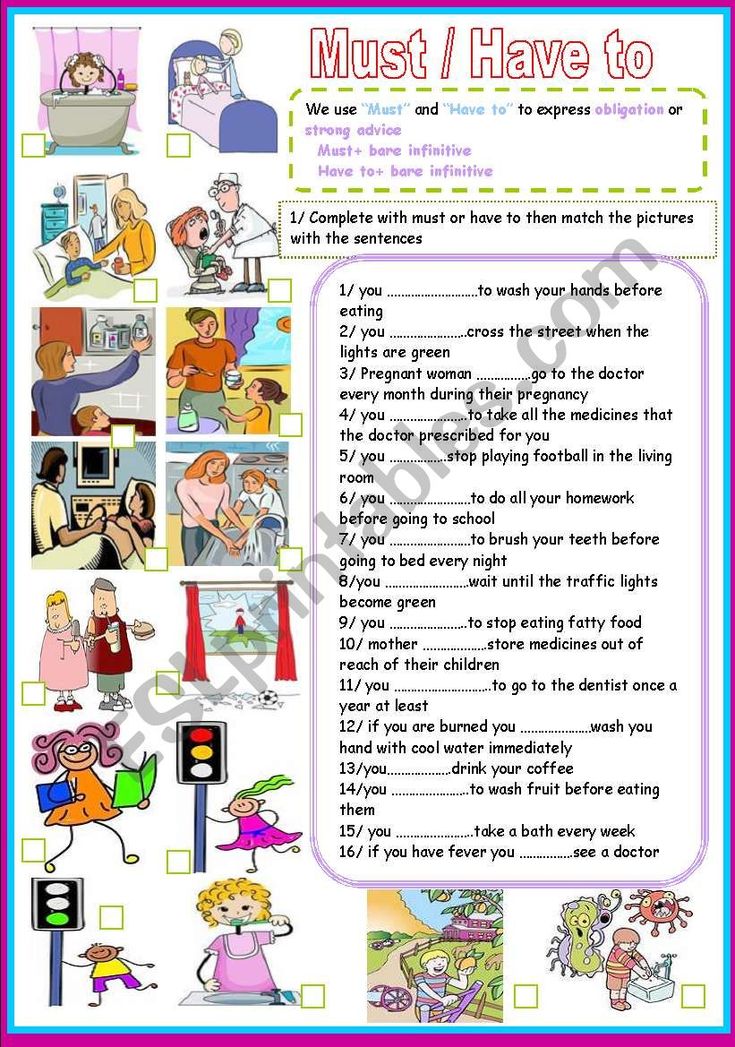
First thing first. To know if your child is running a fever, you’ll need to take their temperature. But a look at online stores or a trip down the pharmacy aisle can leave you wondering which of those thermometer gadgets you actually need.
There’s a wide variety of thermometers available, from standard oral thermometers to temporal artery scanners.
“It is most accurate to use a rectal thermometer for infants and young children, but if you feel uneasy doing this, use whichever device makes you most comfortable,” Dr. Lim says. “In older children, an oral temperature is most accurate, if the child is able to tolerate it.”
What’s considered a fever?A “normal” body temperature is 98.6 degrees Fahrenheit, or 37 degrees Celsius, but that doesn’t mean you have to hit the panic button if your child’s temperature inches above that. Everyone’s temperature will vary a little throughout the day. It can also differ by age, activity level and other factors.
It can also differ by age, activity level and other factors.
The type of thermometer you use will change the definition of what’s actually a fever for your child. Different kinds of thermometers have different levels of accuracy. This fever chart can help you understand the results you’re seeing.
Advertising Policy
Child fever temperature chart| Child’s age | Best type of thermometer | What’s considered a fever? | When to call a healthcare provider |
| 0 to 2 years | Rectal Armpit | 100.4 F (38 C) 99 F (37.22 C) | Any fever in babies under 3 months of age, or a fever over 104 F (40 C) in older kids. |
| 2 to 5 years | Rectal Ear Armpit | 100.4 F (38 C) 100.4 F (38 C) 99 F (37.22 C) | Fever over 104 F (40 C), or a fever that won’t come down with fever-reducing medication. |
| 5+ years | Ear Mouth Armpit | 100.4 F (38 C) 100 F (37.77 C) 99 F (37.22 C) | Fever over 104 F (40 C), or a fever that won’t come down with fever-reducing medication. |
It can be worrying to see your kid spike even a mild fever. We get it. But the truth is that a fever is actually a sign that your child is fighting off germs. It’s doing what it’s supposed to. And that’s a good thing.
When should you not worry about your child’s fever?
Dr. Lim says doctors tend not to worry about a fever if it’s mild, lasts fewer than five days and doesn’t affect your kid’s day-to-day activities.
The following fevers can be monitored at home. If needed, you can also treat them with:
- Fever-reducing medication such as infant or children’s acetaminophen (Tylenol®).
- Cool compresses.
- Plenty of liquids to prevent dehydration.

- Rest.
In a child over 4 months, fevers of up to 104 F shouldn’t cause alarm. A mild fever that lasts up to five days is OK for most kids.
A fever that doesn’t affect your child too muchIf your child’s behavior is relatively normal, you don’t need to be concerned. Monitor them and see if they continue to be playful and if they’re eating and drinking normally. A child with a fever may seem more tired than usual, but if they’re otherwise acting normal, there’s no reason to worry.
When to call a doctor for a feverNow for the important question: When should you be worried about a fever? Call your doctor in these cases.
Fevers in infants under 3 monthsFevers may be your infant’s only response to a serious illness. Especially in newborns, a low temperature can also be a sign of serious illness. Call a healthcare provider if your baby has any fever or if their temperature drops below 97. 7 F (36.5 C) rectally.
7 F (36.5 C) rectally.
Advertising Policy
High fever in infants and children over 3 monthsIn babies and children over 3 months, call a healthcare provider if your child’s fever is higher than 104 F (40 C), or if the fever doesn’t come down with a fever-reducing medication.
Your child’s fever lasts more than five daysYour pediatrician may need to investigate further for underlying causes.
Your child’s fever doesn’t come down with fever reducersInfant and children’s versions of medications like acetaminophen can be used at home in babies and children if OK’d by their healthcare provider. The medications should work quickly to reduce your child’s fever. Contact a doctor if your child’s fever continues even after using a fever-reducing medication.
Your child isn’t acting like themselvesIf your child shows these signs of illness, it’s time to call a healthcare provider:
- Difficult to arouse.

- Not taking in enough liquids.
- Babies who aren’t wetting at least four diapers per day.
- Older children who aren’t urinating every eight to 12 hours.
Sometimes, parents’ instincts are meaningful. If you’re uncomfortable with your child’s temperature or illness, call a healthcare provider to discuss it.
Can fever cause a seizure?Seizures can be a very scary side effect of fevers in some children. Febrile seizures occur in 2% to 4% of all children under age 5. Not all seizures cause jerking movements in the body. Dr. Lim says some seizures look like “passing out.” If your child develops a seizure:
- Put your child on their side.
- Do NOT put anything in your child’s mouth.
- Call 911 if the seizure lasts more than five minutes.
If the seizure lasts fewer than five minutes, call your physician or seek immediate medical attention.
Children from 0 to 5 years old.
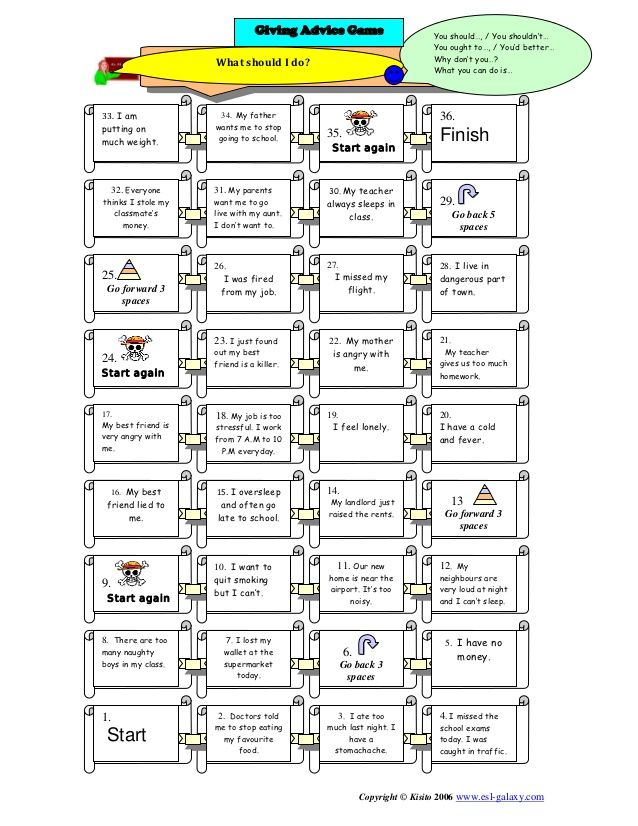 When should you take your child to the doctor? (Sergiev Posad)
When should you take your child to the doctor? (Sergiev Posad) Children from 0 to 5 years old. When should you take your child to the doctor?
ATTENTION: Online consultations of doctors are available (more than 18 specialties).
The birth of a child in a family is a great joy, but its growth and development are not without illness. Parents do not always want to seek medical help from a doctor. The reasons for this may be different: confidence that self-treatment will help, on the advice of grandmothers, forums; hope that the disease itself will recede; fear of hospitalization. This is irresponsible behavior, because the appearance of harmless symptoms can be a sign of a serious illness. nine0008
For example, cough, runny nose with fever occur with a common cold, and occur with a severe malignant disease - leukemia.
Therefore, listen to the good advice of a pharmacist or relatives, but at the same time make an appointment with a pediatrician. If any alarming symptoms appear, contact a pediatrician for diagnosis and treatment, and if the baby is under 28 days old, contact a neonatologist.
If any alarming symptoms appear, contact a pediatrician for diagnosis and treatment, and if the baby is under 28 days old, contact a neonatologist.
Children under 5 years of age are at risk. At this age, there are many serious diseases that are well studied by medicine, are treated easily, but require prompt medical intervention. nine0008
The pediatrician of the Medical Center "Paracelsus" Chernova Olga Ivanovna spoke about cases in which self-medication is dangerous - it threatens the health of the child. Let's talk about children from birth to five years.
High temperature (fever)
The temperature is considered high when it exceeds 37ºС.
Not always a high temperature is a negative sign, but still it is an occasion to play it safe for parents. It is not worth waiting for several days, “watching”, because infections under the age of three develop quickly - they can strike in a couple of hours. nine0008
When a fever occurs, other symptoms that may appear are important:
- The kid does not want to drink water.

- Lethargy and fatigue appear, it is difficult for him to sit and answer questions.
These are signs of intoxication, the sooner the doctor conducts an examination, conducts instrumental diagnostics, the greater the likelihood of making a correct diagnosis.
When a rash appears on the skin, along with a temperature, you need to see a doctor very quickly. Before a visit to the doctor, do not treat the spots that appear with iodine or brilliant green. nine0008
An increase in body temperature to the mark of 39 about C is a reason to call an ambulance.
Cough in a child
Often, parents consider coughing to be a common occurrence that can be managed at home. But he is just a symptom, and the cause is hidden much deeper. The cough will not go away by itself, there is no need to hope and wait for it.
The appearance of a cough is not always a sign of a respiratory disease. It can appear with changes in the cardiovascular and digestive systems. It may appear with otitis media. Prolonged lack of treatment or self-treatment of cough without determining its causes will lead to complications. The more neglected the problem, the more difficult it will be for the doctor to understand the symptoms, and then prescribe the correct treatment. nine0008
It may appear with otitis media. Prolonged lack of treatment or self-treatment of cough without determining its causes will lead to complications. The more neglected the problem, the more difficult it will be for the doctor to understand the symptoms, and then prescribe the correct treatment. nine0008
Cough is dangerous in the following cases:
- Up to six months of age (even if body temperature is not elevated).
- If it appears at night during sleep.
- If accompanied by a gag reflex.
- Barking cough or noisy breathing afterwards.
- If it doesn't go away in twenty days or more.
Difficulty breathing
Breathing is an essential process for human life. His difficulty indicates a violation in the work of the respiratory system. Therefore, if your baby has symptoms of difficulty breathing, seek medical help quickly. nine0008
Difficulty breathing in an infant can be identified by a cavity in the abdomen that goes under the ribs. This is because he is trying to inhale as deeply as possible.
This is because he is trying to inhale as deeply as possible.
In older children, this symptom appears when they speak: they cannot say long phrases, sentences are abrupt. This symptom may appear in an asthmatic condition or may be a manifestation of obstructive bronchitis.
Breathing problems are often accompanied by wheezing, whistling in the chest, which indicates the presence of an obstruction in the airways. Her appearance threatens the life of the baby, so you need to quickly make an appointment with a doctor and examine the child. nine0008
Vomiting, diarrhea (diarrhea, loose stools)
These symptoms indicate an intestinal infection and intoxication. Vomiting and loose stools are dangerous because they often cause rapid dehydration with electrolyte disturbances due to loss of water and salts. Medical care for dehydration is aimed at replenishing fluid loss.
Liquefied stools are not always dangerous. If he was, once, it's not scary. But if three times a day or more is a reason to worry, especially if symptoms of dehydration appear: nine0008
- decreased volume and frequency of urination;
- dryness of the skin and mucous membranes: there were few tears, saliva, the skin became dry and unusually flabby;
- the child often asks for a drink.
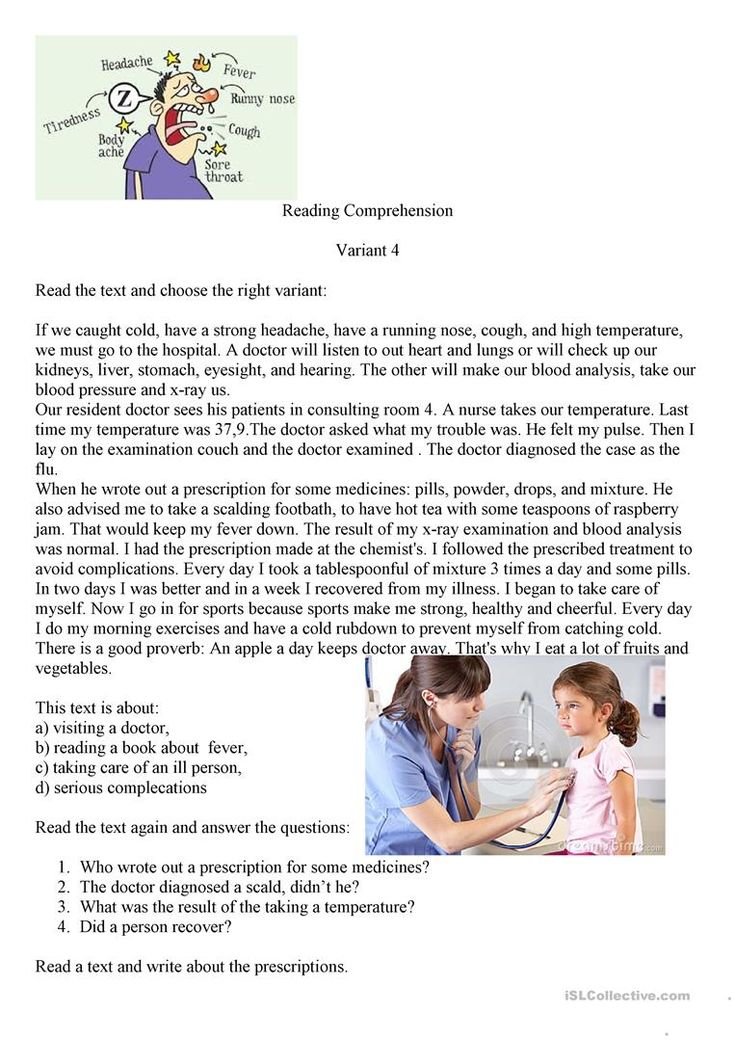
When you need to hurry to see a doctor or call an ambulance:
- The child refuses to drink, although he shows signs of dehydration.
- If there was no urination for five hours or more.
- Lethargy, moodiness, lack of interest in toys (even if there is no temperature). nine0029
- "Sink" eyes or fontanel (this is rare, but it is a formidable symptom).
- There is blood in the stool (even if there is no diarrhea).
Skin rash (rash) in a child
If the rash appears for the first time, this is an occasion to make an appointment with a doctor. Of course, not all rashes appear with a serious illness. But there are such serious diseases that need to be identified and treated in the early stages (for example, meningococcal infection). A doctor's diagnosis will calm you down or give you the opportunity to quickly deal with the problem. nine0008
Do not cauterize the lesions with iodine, brilliant green or alcohol, as this will burn the tissue, which will make it difficult for the doctor to diagnose.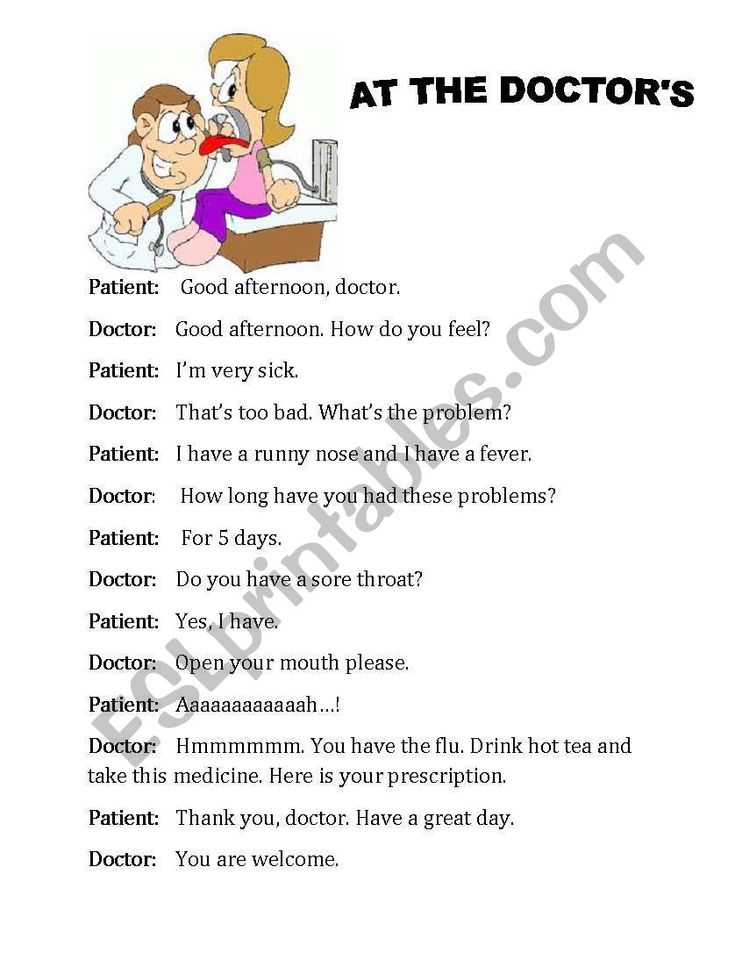
Pains
Pain is a typical reaction to danger. Usually pain is not the norm, except for that which appears from teething. But even this pain speaks of pathology, if the body temperature rises above 37 about C along with it, or it is very strong.
The fact that the child is in pain can be understood by the fact that he often cries, cannot take a comfortable position, cannot fall asleep. nine0008
Intense and growing pain syndrome, a reason for contacting a pediatrician.
Head injuries and loss of consciousness
Injuries to the head - may cause serious physical impairment in children (eg epilepsy). Not every head injury is dangerous. But if it happened, you should not rule out possible internal damage. If a child falls (even if you did not see what hit him) or you know for sure that he hit his head, contact a pediatric neurologist immediately. nine0008
In case of loss of consciousness, "limpness" or convulsions, you need to make an appointment with a pediatric neurologist immediately or call an ambulance!
Danger of self-treatment and lack of treatment
Often parents spend hours on forums to understand the cause of their child's symptoms - it's a waste of time. It is impossible to make a correct diagnosis, and even more so to independently prescribe the correct treatment, based only on visible symptoms!
It is impossible to make a correct diagnosis, and even more so to independently prescribe the correct treatment, based only on visible symptoms!
Any disease has both visible signs and hidden ones. Several diseases can manifest with one symptom. An elevated temperature in a child can be with a common cold, or maybe with meningitis (inflammation of the membranes of the brain). Leukemia very often hides behind the symptoms of SARS. Mononucleosis is a contagious and very dangerous disease, at an early stage it is easy to confuse the disease with a sore throat due to similar symptoms. nine0008
Wrong treatment can develop a new disease and aggravate the old one!
Children's doctors, with experience, will deal with complex childhood diseases, using laboratory and instrumental diagnostics.
The complete lack of treatment of childhood diseases is dangerous for the development of irreversible complications, disability, and a threat to the life of the child.
Parents play an important role in the early diagnosis of children's diseases. From how closely the parents monitor the health of their child, how correctly they can describe his condition to the doctor, depends in which direction the preliminary examination will be carried out. nine0008
Advice to parents
- do not deny your child medical care - bring him to the doctor;
- be attentive to the health of children - observe and correctly describe all symptoms;
- do not be afraid to ask, ask the doctor several times if you do not understand something in his recommendations;
- Follow all recommendations, all doctor's prescriptions, this can be vital.
Diagnosis and treatment of children at the Paracelsus Medical Center
The task of the children's department of the Paracelsus Medical Center is to provide a full range of medical care from prevention to treatment of diseases from birth to 18 years.
In our children's department, the appointments are conducted by doctors who have received special training to identify health disorders in children and infants, taking into account all age characteristics.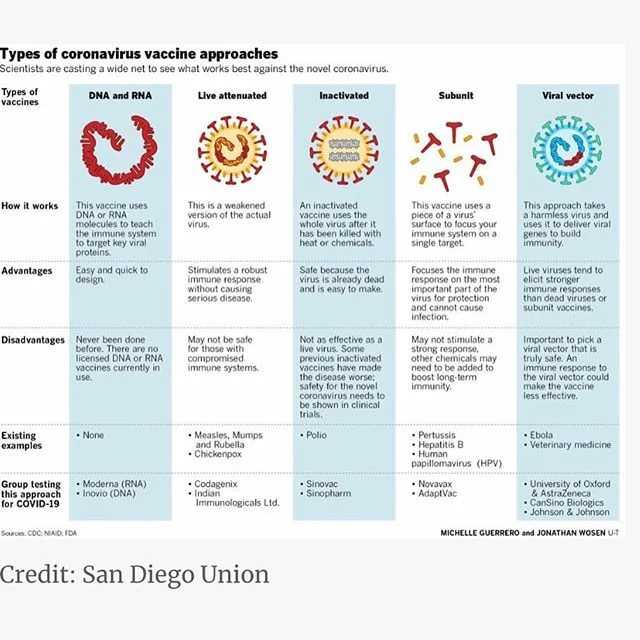
Children's doctors of the Paracelsus clinic work according to the principles of evidence-based medicine (international protocols drawn up on the basis of clinical trials). This minimizes the chance of a false diagnosis. nine0008
Our medical center has developed and applies annual child monitoring programs. This is our pediatricians' comprehensive approach to monitoring your child's health.
The programs include a comprehensive examination, as well as all the necessary hardware and laboratory diagnostics recommended by the Ministry of Health of the Russian Federation. As part of the programs, we provide medical care at a high international level, using high-precision expert-class equipment. nine0008
With care for your health, Paracelsus Medical Center
High temperature? When should you see a doctor? — Into-Sana
Causes of fever
An increase in body temperature is most often a protective reaction of the body to infections, it contributes to the death of pathogenic microorganisms, accelerating the response of the immune system. It is for this reason that doctors do not recommend taking antipyretics if the temperature is subfebrile, i.e. does not exceed 38C - you need to give the body the opportunity to "fight" the infection. nine0008
It is for this reason that doctors do not recommend taking antipyretics if the temperature is subfebrile, i.e. does not exceed 38C - you need to give the body the opportunity to "fight" the infection. nine0008
At higher numbers, medication temperature control (taking antipyretics) is necessary. This is due to the fact that high temperature significantly increases the load on the cardiovascular and respiratory systems and can contribute to the development of shock-like conditions and convulsive syndrome (especially in children).
Rarely, fever occurs in the absence of inflammatory processes in the body. This can be observed when there is a violation of the processes of thermoregulation in the brain due to its focal lesions, with hormonal disorders (hyperthyroidism), taking certain medications, poisoning with certain substances, neuroses, systemic diseases of the connective tissue, tumor processes, etc.
How to react to elevated temperature?
- If fever is combined with other symptoms of SARS (runny nose, sore throat, cough, etc.
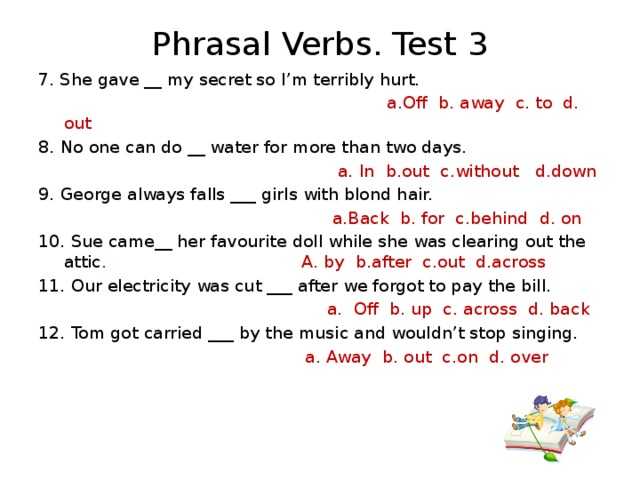 ), self-treatment is possible, the main points of which are bed rest and heavy drinking. When the temperature rises above 38C, it is necessary to take an antipyretic.
), self-treatment is possible, the main points of which are bed rest and heavy drinking. When the temperature rises above 38C, it is necessary to take an antipyretic. - Preservation of elevated temperature on the 5th-7th day of acute respiratory viral infections or a repeated increase in temperature after several days of its normalization is a reason to see a doctor. This situation most often indicates a complication. nine0029
- With an increase in body temperature against the background of the absence of symptoms characteristic of SARS, a visit to the doctor is required.
Immediately (within 24 hours) seek medical help in the following situations:
- Body temperature 39-40C, headaches, muscle aches, pain when moving the eyes (suspicion of flu).
- High body temperature against the background of symptoms that are not typical for a common cold: shortness of breath, profuse sweating at night, pain when breathing and coughing, pain in the lumbar region, pain when swallowing, etc.
 nine0029
nine0029 - Increased body temperature after medical manipulations and operations.
- High temperature in a person who returned from another country.
Call an ambulance in the following situations:
- High body temperature, severe headaches, aggravated by bringing the chin to the chest. In this case, it is necessary to exclude meningitis.
- Fever, nausea, vomiting, diarrhea. These symptoms are characteristic of intestinal infections. nine0029
- Fever, acute abdominal pain. These signs are characteristic of acute surgical pathology - acute appendicitis, acute cholecystitis, pancreatitis, etc.
Routinely (within a week from the moment of appearance) it is necessary to consult a general practitioner in case of subfebrile body temperature (37-38C) in the absence of other pronounced symptoms. A condition in which subfebrile body temperature persists for a long time, and the reasons for this increase are unclear, is called a fever of unknown origin.